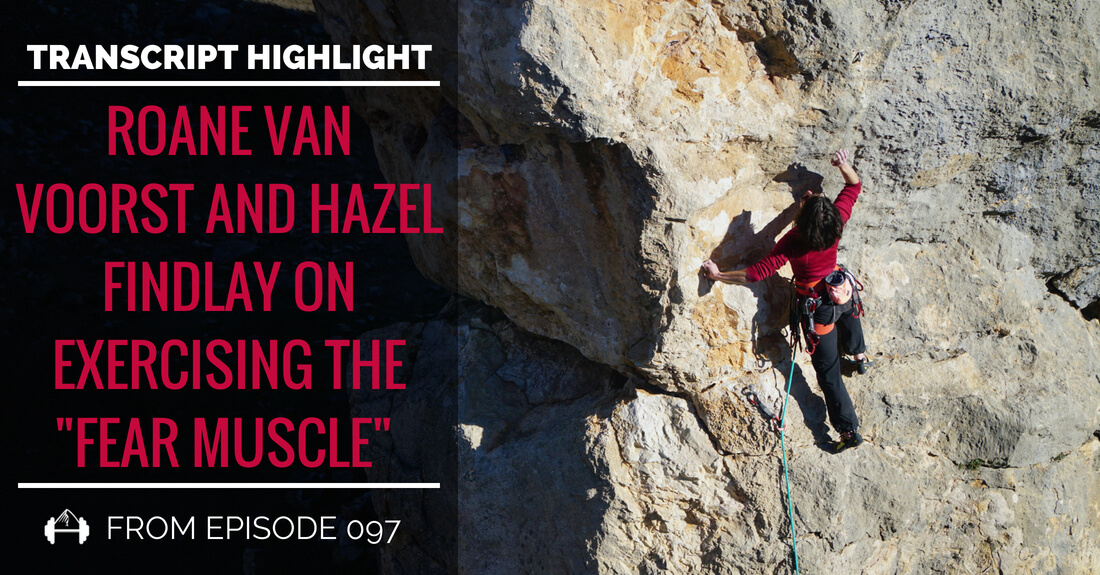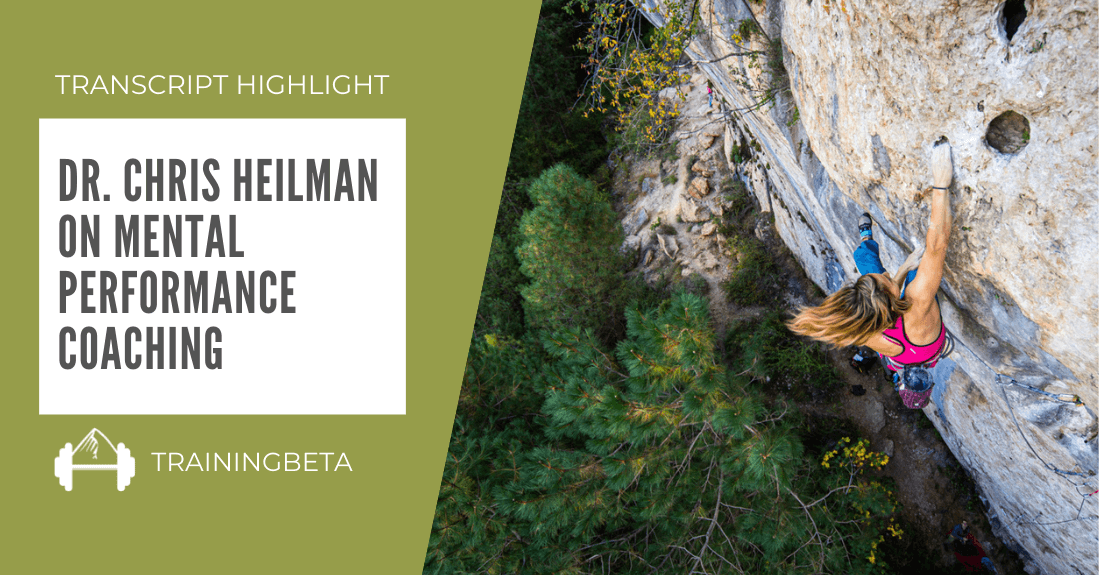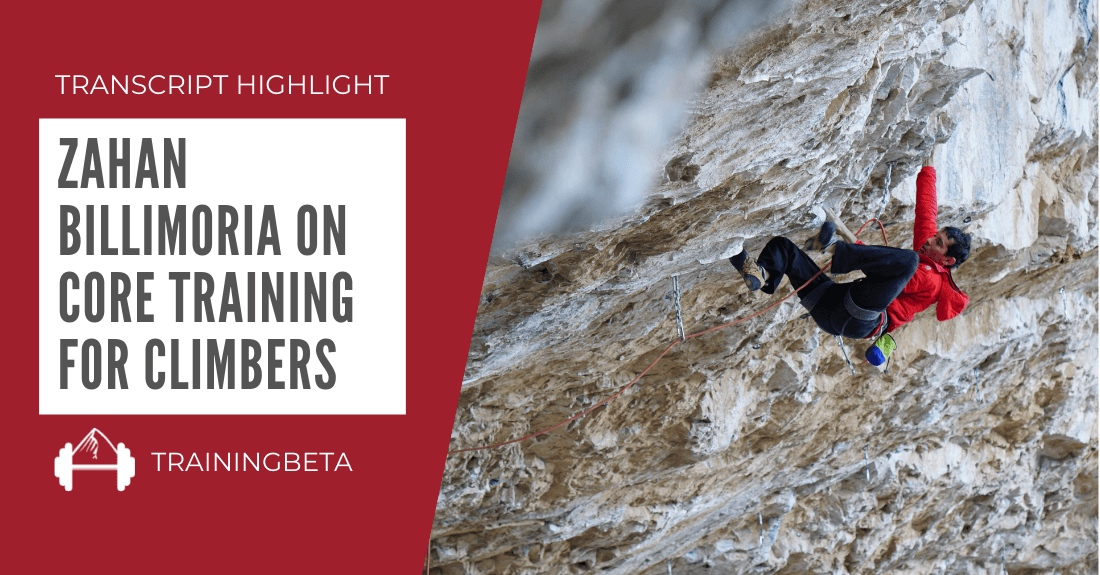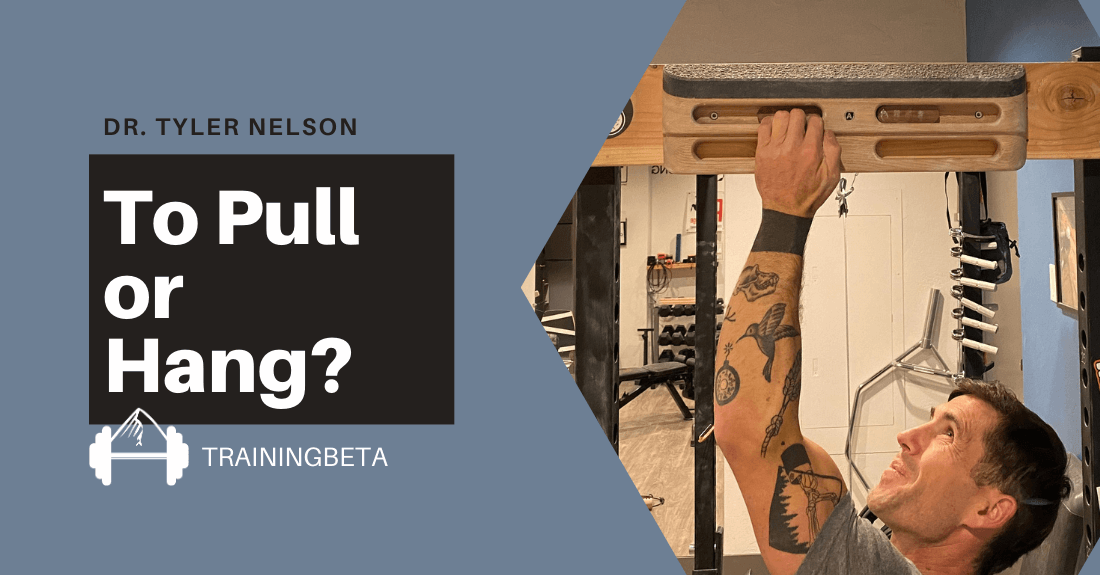Two weeks ago, I (Matt Pincus) shared an excerpt from the TrainingBeta Podcast episode with Dutch climber and researcher Roane Van Voorst about how Lynn Hill deals with fear. The episode itself is about Van Voorst’s book Fear! in which she interviews top climbers (and other extreme sports athletes) about how they manage fear.
Fear can be one of the most limiting factors in climbing performance. What particularly struck me about Neely and Van Voorst’s conversation was how it showed that even elite climbers who have successfully completed very bold and dangerous climbs still have to manage fear on an ongoing basis.
I think this is a very important point for all of us to hear. Most of us feel that fear is either something we’ll have to deal with forever or that one day will magically be behind us. The reality though is that fear is something we should always be actively managing.
To really highlight how fear management is an ongoing process, here’s an excerpt from the episode where Van Voorst discusses how Hazel Findlay continually manages her fears by exercising her “fear muscle”.
Roanne Van Voorst and Hazel Findlay on Exercising the “Fear Muscle”
Roanne Van Voorst: I know, I know. Another thing that I found very interesting and very practical, is Hazel Findlay- she has a method that we came to call the “fear muscle” during our conversation. Basically what she says is that fear, or better your ability to work or cope with that fear, is really something that you can regard as a muscle in your body. You have to keep it strong. For her, that means that fear training is something that she does, always. It’s part of her training, and not after an accident, but always. Especially if she hasn’t been climbing outside for a long time, if it’s been winter in the UK and she’s been bouldering, and she just knows that she will have a bit more fear than usual. For her, the first few climbs, she will very consciously practice falling, do several exercises with her belayer which I describe in the book, to just gain confidence and increase trust that it is going to be okay even if she falls.
Of course this is not a new methodology at all, but it did make me realize that I don’t practice with my fear on a daily basis. Not even twice a week, you know? For me, practicing with my fear is something that I do when I really get afraid, but not something that’s just part of my training. And so, this whole thing, what she says about considering our ability to cope with fear, like a fear muscle, and don’t really develop it but also maintain it, make sure it keeps strong, even if you are not climbing so often, or if you’re not really focusing on a particular project, just do it every day. Do something. Make falls always during the first half hour during your warm-ups if you are climbing. To, that was very simple advice, and very good advice as well. It made me realize that often times, when I get afraid, I find it annoying. I find it distracting, and I find it to be something that I should be ashamed of. What I heard her say, was that she basically took her fear very seriously, and approached it as something that you can work on, that you should work on, because it’s part of the sport.
Neely Quinn: Hmm. So her main advice, or the main things that she does, are taking falls in the beginning of a session?
Roanne Van Voorst: Yeah, but she does it in a specific way. She says for example- and she made a very good comparison, I found. She said “If you are driving a car for the first time, or if you are a person that is afraid to be in big groups, what you don’t want to do is force yourself onto the highway and get yourself into a super stressful situation. You don’t want to go to a massive house party if you don’t like people”. That’s kind of the shock therapy that is very popular, but for most people it’s not working. What she does is she practices on a regular basis, but she practices in such a way that she doesn’t feel overwhelmed with panic. She’s not gong to climb up super high and then drop herself while she really doesn’t want to. She makes tiny falls, but she does it so often that she is pushing her boundaries, but not in a super stressful way. The adrenaline doesn’t really get that high up in her body, and the advantage is of that is that the next time she goes to the crag again, she’s not resisting going back, because it wasn’t so scary. It was a little bit scary, but not really. After that she rewards herself but just going climbing and having fun.
I thought that was a pretty good one as well, because if I look back to my own experience, I remember when I just started climbing, I did one of those lead climbing courses that they offer in gyms, where you had to make a pretty big fall from the roof. I remember the logic of that trainer, and I don’t want to bad mouth- maybe for some people it works, but the logic behind it was that once you make this really big fall and you notice that you’re being caught by the rope, then you won’t be afraid anymore. But to me, all that that did was that I got a hard catch, it wasn’t comfortable at all. The next time I was much more afraid, because my body had remembered that shock. It wasn’t fun, it didn’t feel safe, and it felt like a crazy decision where I pushed myself way too hard. I think Hazel’s approach to a more gradual way, and also a more regular way- like keep doing it the rest of your life, as just part of the sport, is a more sustainable way, I would say.
Full Episode/Transcript: TBP 097 :: How to Overcome Fear in Climbing with Author Roanne van Voorst
(photo courtesy of Jonathan Siegrist)
Other Articles You Might Like:
- Top 5 Fear of Falling Articles
- Dave MacLeod and The Fear of Falling
- TBP 023 :: Arno Ilgner on Overcoming Fear and Ego in Climbing
- TBP 024 :: Hazel Findlay on Being Brave and Staying Humble






Leave A Comment